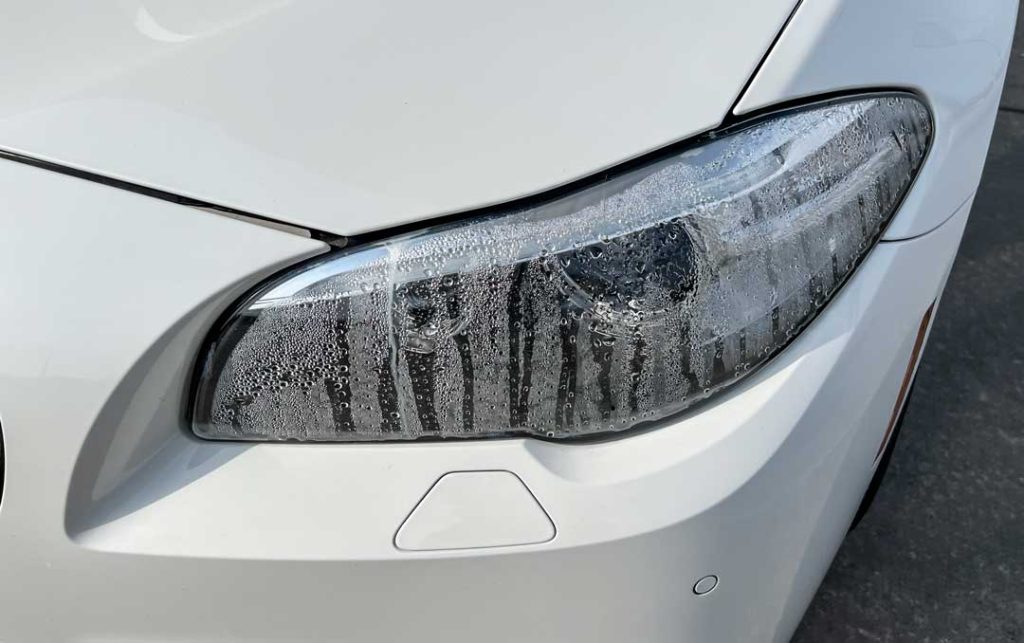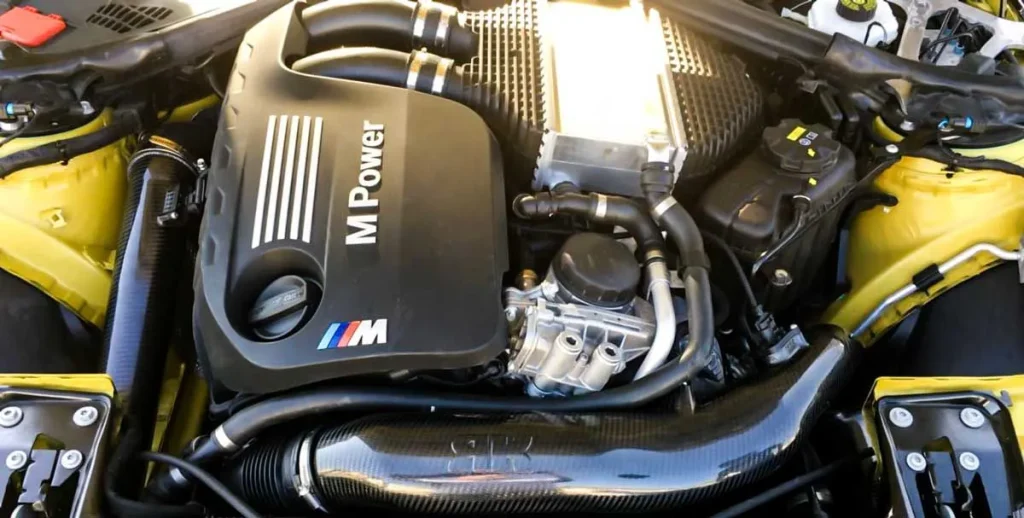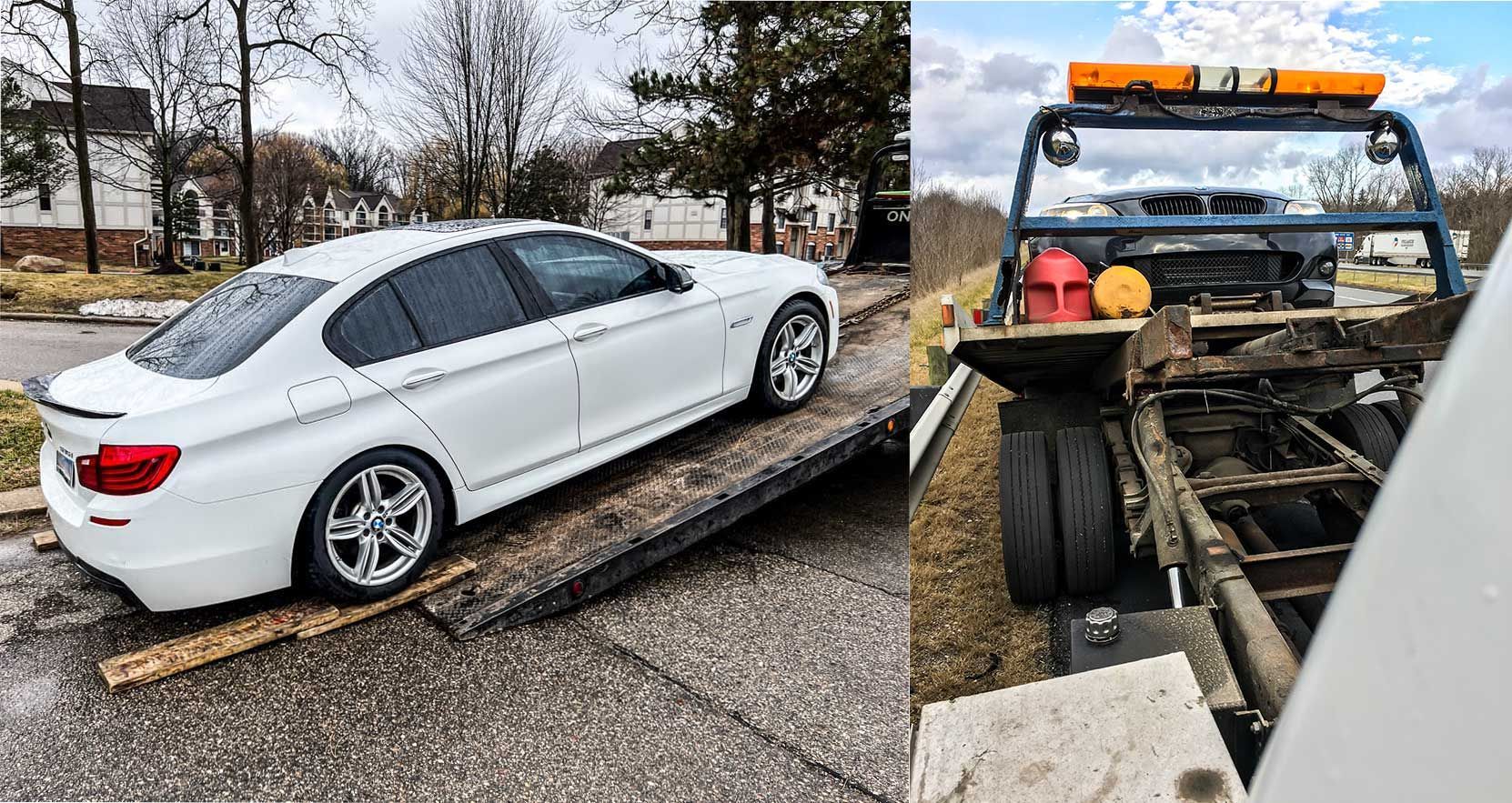
Yup, that's me, you are probably wondering how I ended up with my 2015 BMW 535i xDrive and 2010 BMW 535 xDrive getting loaded on tow trucks. To get straight to the point, both of my BMWs overheated and had to get towed. Both pictures, were taken years apart, thankfully, but nevertheless, I learned quite a few things from the first experience that helped me on my second one. Also learned that while water pumps were notoriously failing on the N54 motors, BMW's brilliant minds decided to reuse the same water pump on the newer N55 motor powered vehicles.
Besides water pumps failing, there are a few other things that can cause such issues in BMWs and I will try to cover all of them to the best of my ability. After all, I faced these overheating issues now twice (as you can see above).
Both of the times were not pleasant, however, from the first time of dealing with this issue, I now immediately knew what to do and how to prevent my engine from getting damaged. Fortunately I got the warning signals not too far from home, so with a few stops to let the engine cool off, I was able to get home safe and sound without causing any damage to the engine.
What Are The BMW Engine Overheating Symptoms?

The image of the iDrive displaying a BMW overheating warning light that states: “Engine temperature high: Drive moderately to cool engine. If temperature increases again, consult service center.” Anytime I see this message pop up, I know that it will be about $1000 repair. Also, I know that my car was very dusty at the time of this taking place. I had my windows open and blasted heat for some time while driving on fairly dusty roads. That's my story and I'm sticking to it.
If you try to ignore it, it will turn into the message below.
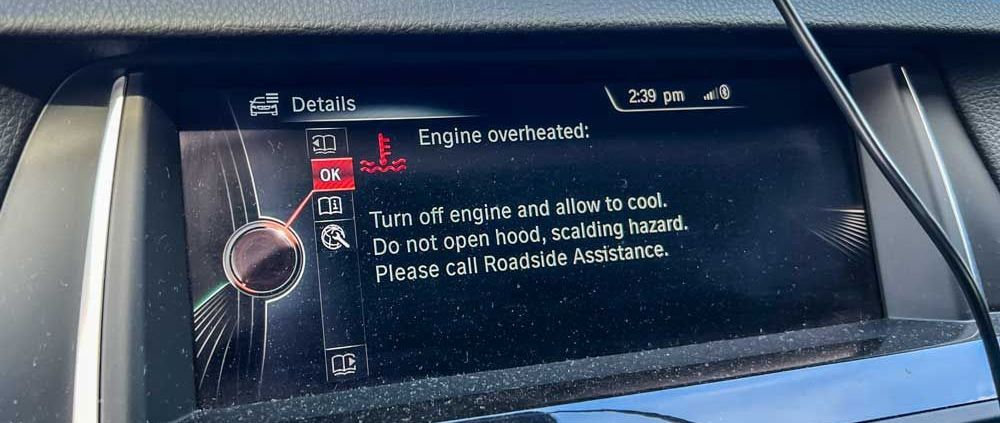
If this happens to you, depending on the car that you have, it could regulate your gas pedal to the point where you cannot accelerate fast to prevent engine damage. Another thing that happened with my older 5-Series BMW, was that the engine kept cutting off, also to prevent damage. Lucky for me, this time, the speed limit where this happened was only 30 mph which allowed me to roll at the speeds that did not anger anyone behind me (first time I was on I-75 outside of Cleveland and long way from home).
When this message pops up, you should definitely pull over and let the engine cool off. If you have ways to go still, call a tow truck. Getting towed and not causing damage to your engine will be a much cheaper alternative to a new engine.
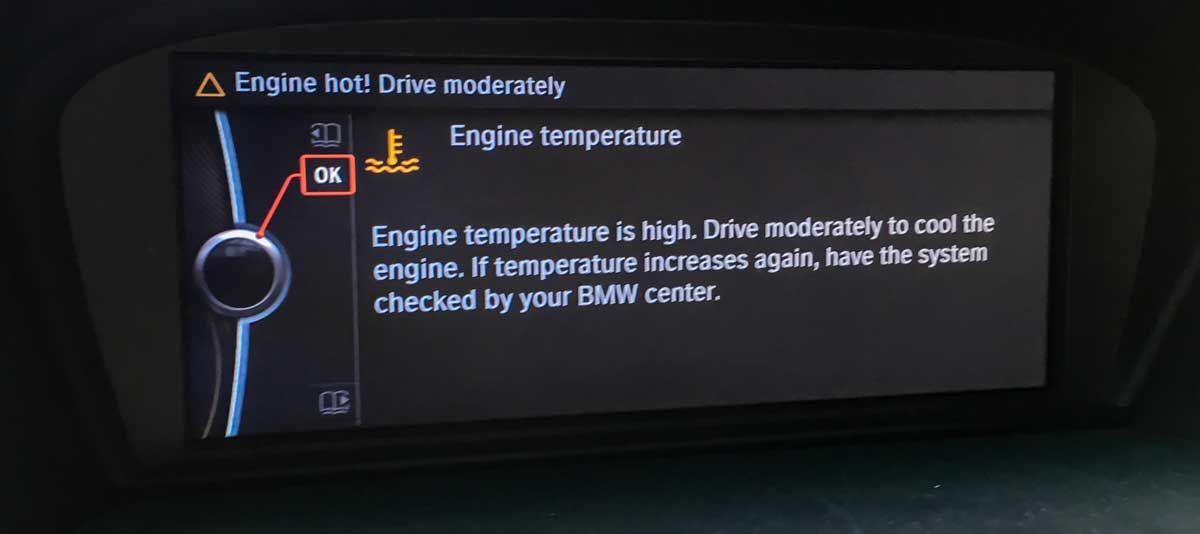
Since I have only dealt with overheating the N54 and N55 engines (the E60 535xi and F10 535i xDrive BMWs), my issue was the electric water pumps going out. They do not give you a warning signal before they stop working. However, this most recent one gave me one signal: the fan ran loud even when parked. Long story short, I did a few 0-60 pulls for the Dragy Review article and a video; the next thing I knew, my car's fan was running very loud.
Here is the list of the most common symptoms of your BMW is overheating:
- Warning light on the dash – the most obvious one (pictured above)
- The radiator fan is running fast and making a lot of noise
- If you turn up the heat all of the way with the engine already warm and no warm air is coming out of the vents
- Thumping sound caused by a faulty thermostat
- Smoke from underneath the hood, let's hope you do not have this “symptom.”
What to Do If You Can't Pull Over Right Away?
If your car is overheating but cannot safely pull over right away, you should drive moderately, turn off your AC, and blast heat at the maximum setting. This tactic can help remove some of the engine's heat, allowing you to travel to a safe location to pull it off (hopefully).
Once you have pulled over, it is important not to try to open the radiator to check for coolant. You might get severely burned if you do. Let the car cool off before trying to check for coolant levels.
If You Have a Scanner to Look Up The Codes
If you have an OBD-II scanner, you might see any of the following codes:
- P0125: Insufficient Coolant Temperature for Closed Loop Fuel Control
- P0126: Insufficient Coolant Temperature for Stable Operation
- P0128: Coolant Thermostat (Coolant Temperature Below Thermostat Regulating Temperature)
- P0217: Engine Overheat Condition
- P0480: Cooling Fan 1 Control Circuit Malfunction
- P0481: Cooling Fan 2 Control Circuit Malfunction
- P0526: Fan Speed Sensor Circuit

After getting my car fixed at the shop, I read the notes stating that the mechanics found a 20A701 code: “Engine coolant system motor speed coolant outside tolerance.” I read it word by word. You can see a more detailed explanation in the image above.
Why is My BMW Overheating?
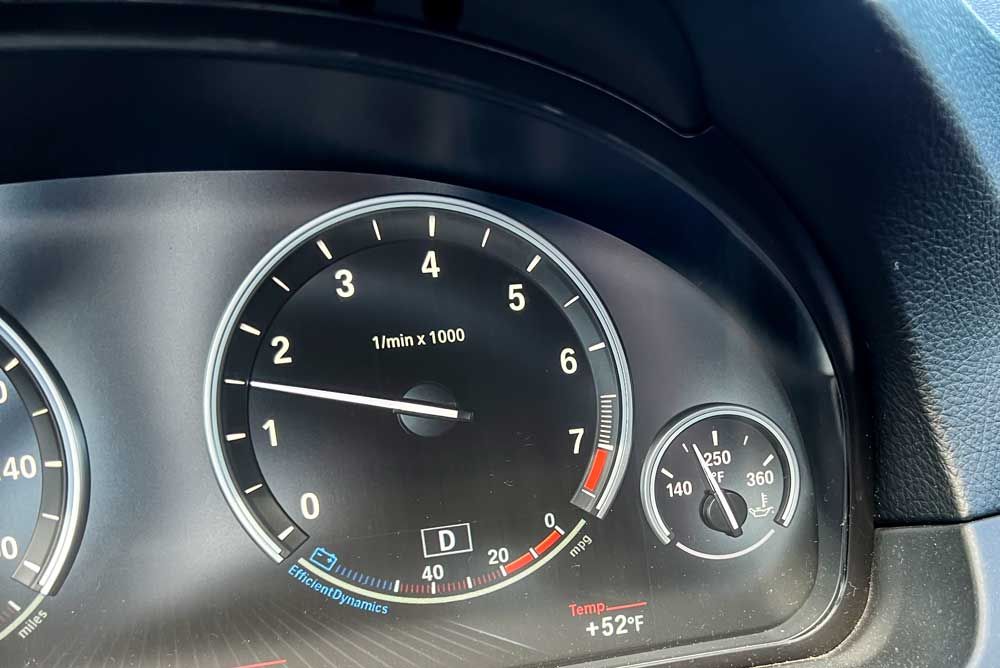
Since I wasn't very sure what was going on with my car and my temperature gauge seemed to have been working fine, I kept pulling over and not letting the engine reach 250 degrees Fahrenheit. Once I got to a safe location, I parked the car and called a tow truck.
While the BMW N54 and N55 engines are known for their performance, and the N55 is known for its reliability, they can occasionally experience overheating issues. Some of the most common reasons for these engines to overheat include the following:
- Faulty thermostat: A malfunctioning thermostat may not open properly, restricting coolant flow and causing the engine to overheat.
- Faulty water pump (most common): A failing pump can result in insufficient coolant circulation, which can raise engine temperatures.
- Leaves and debris: Accumulating leaves and debris between the oil cooler and radiator can obstruct airflow, impairing the cooling system's efficiency.
- Clogged cooling system: Over time, the cooling system can become clogged with rust, scale, or other contaminants, reducing its ability to dissipate heat.
- Engine coolant leaking out: Leaks in the cooling system, such as from damaged hoses, cracked radiators, or a bad water pump, can cause coolant loss, leading to overheating.
- Wrong coolant: Using an incorrect coolant type or mixture can compromise the cooling system's effectiveness and potentially result in engine overheating.
In addition to these common causes, other factors that may contribute to overheating in BMW N54 and N55 engines include:
- Damaged or malfunctioning radiator fan: A broken or inefficient fan can impede airflow through the radiator, hindering heat dissipation.
- Air trapped in the cooling system: Air bubbles in the coolant can lead to inefficient heat transfer and overheating.
- Worn or damaged engine components: Excessive friction from worn parts, such as bearings or piston rings, can generate excessive heat and cause the engine to overheat.
Regular maintenance and inspection of your vehicle's cooling system can help prevent these issues and ensure optimal engine performance.
What To Do If It's a Water Pump That's Gone Bad on Your BMW?
When purchasing my 2015 F10 535i, for some reason, I had an illusion that the N55-powered car used a different water pump than its predecessor. However, I was very wrong. It seems like both the F10 535 and E60 535 use the same exact water pump, hence both fail just as frequently.
The common maintenance for these water pumps is replacement maintenance at 60,000 miles. Mine broke down at 88k miles for the F10 and at 151k miles for the E60. Both repairs cost me between $1,000 and $1,200, including thermostat replacement. BMW maintenance cost for these services will be around the same, minus the tow truck cost. As you can tell by now, this maintenance item should not be ignored since it's unavoidable.
After shopping around for the best price when my E60 broke down, I realized that the BMW dealership and smaller shops all offered very similar repair costs, even though the BMW dealer was slightly more expensive. I would have taken the F10 to a BMW dealer if I didn't trust my independent mechanic so much. The shop that I took my car to is Jurgen Automotive Repair in Plymouth, MI. Jurgen and his crew never disappointed me or my car friends.
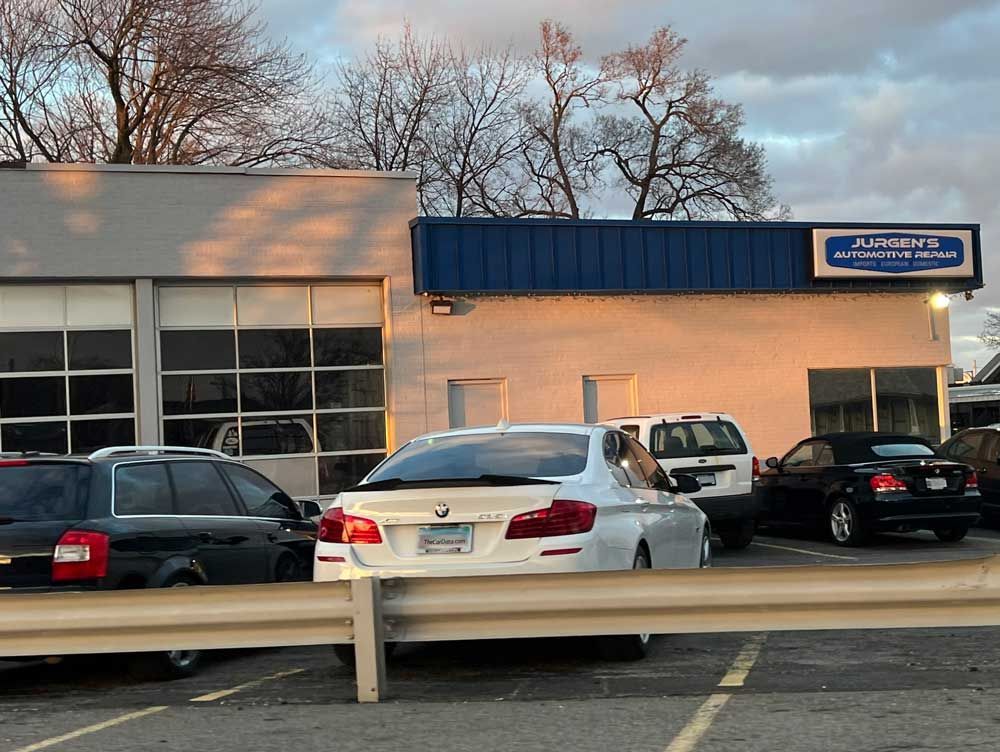
After shopping around for the best price when my E60 broke down, I realized that the BMW dealership and smaller shops all offered very similar repair costs, even though the BMW dealer was slightly more expensive. I would have taken the F10 to a BMW dealer if I didn't trust my independent mechanic so much. The shop that I took my car to is Jurgen Automotive Repair in Plymouth, MI. Jurgen and his crew never disappointed me or my car friends.
I recommend anyone with an out-of-warranty BMW find a very good small shop in your area. Dealers are not the best go-to places for repairs and often overcharge and over-estimate things. Guys like Jurgen would tell you to stop bringing your car to his shop if nothing is wrong with it. It happened to me when I kept hearing some noise in my tires until I was finally told to get new tires. I got a set of Michelin CrossClimate2, which ended the weird road noises.
Which Water Pump Do You Need?
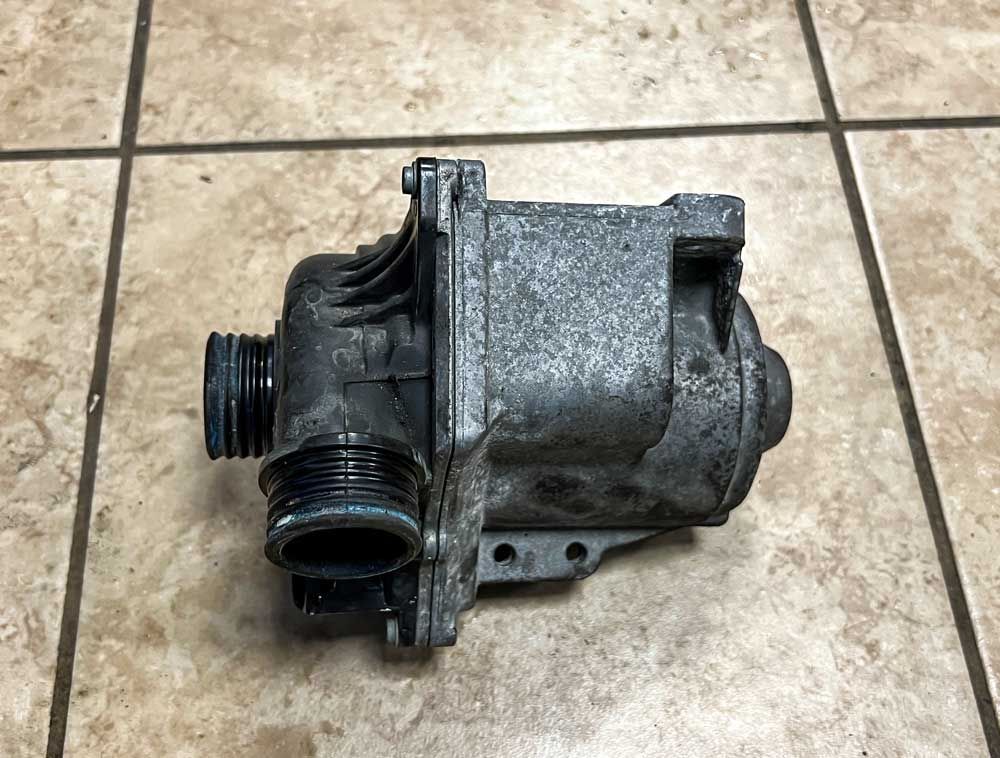
If you are one of the lucky ones to drive a BMW powered by a N55 or N54, then the water pump that you are looking for this one (partially plastic) or this one (full metal, the one I got). I was thinking about going for the OEM one, but then I remembered that it's the OEM water pump that keep letting me down, therefore going with a reputable after-market pump is a better idea, in my humble opinion. Also, do not forget to get the whole kit while at it. Usually, when you get the water pump replaced, you should change the thermostat as well. Here are the things that you will need:
- Water Pump (this one is fully aluminum vs the original half-plastic one): part number 11515A05704
- Thermostat (on N54, I had to change mine, on N55, I did not): part number 11537601159
- Bolt Set (Continental brand, set of 3): part number 11517602123
- Breather Hose (these tend to break no matter what you do to prevent it during disassembly): part number 11127584128
- Coolant – Genuine BMW coolant that's 100% strength and needs to be diluted with distilled water: part number 82141467704
If not, you can quickly find the right water pump with the built-in search engine on the ECS Tuning website. Also, do not forget to get the whole kit while at it. Usually, when you get the water pump replaced, you should change the thermostat as well.
BMW Engine Overheating Repair Cost
According to Repair Pal, the average cost for a BMW 535i Water Pump Replacement is between $1,029 and $1,282. This is spot on pricing since the last time I paid $1,150 which included: labor, parts, supplies, and taxes. The breakdown was as follows:
- Labor: $425.00
- Parts: $657.98
- Supplies: $27.54
- Tax: $39.48
- Total: $1150.00
The E60 BMW water pump replacement cost was around $1000-ish, but it happened a few years back when everything was much cheaper.
Can You Replace the BMW Water Pump Yourself?
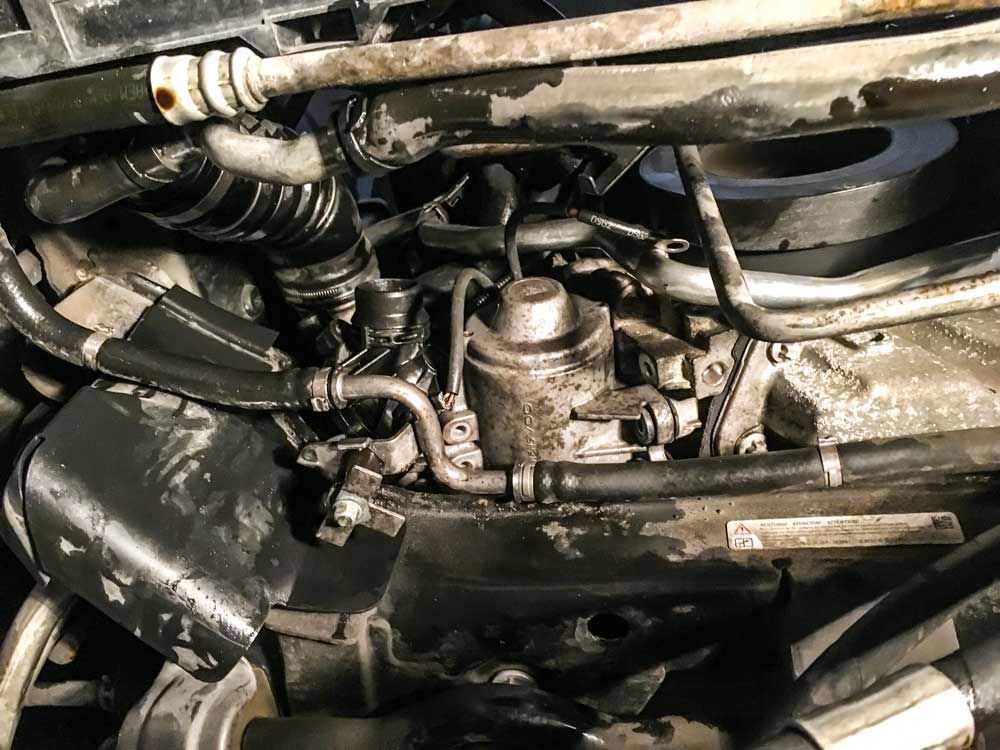
The answer is yes, you can do it yourself. I am not the most mechanically inclined person, and I could do it on the E60 5-series. The image above was taken after 2 hours of frustration trying to get my semi-big arm in between all of the components of the BMW. This task will purely depend on the following:
- Do you have the patience to do this yourself?
- How much is your time worth versus what would the repair shop and a tow truck cost you?
- What tools do you have? E60 535xi is designed to make it extremely tough to reach the bolts needed to remove the water pump and secure the new one.
- Do you have a lift, or can you lift your car safely and securely high enough to get underneath it?
To me, it did not make a lot of sense to try to do it myself for the F10, although I've done it myself on the E60 a few years back. The time and resources needed to get this job done just didn't outweigh the dollar amount. However, everyone has a different situation.
BMW Overheating Issues: Bottom Line
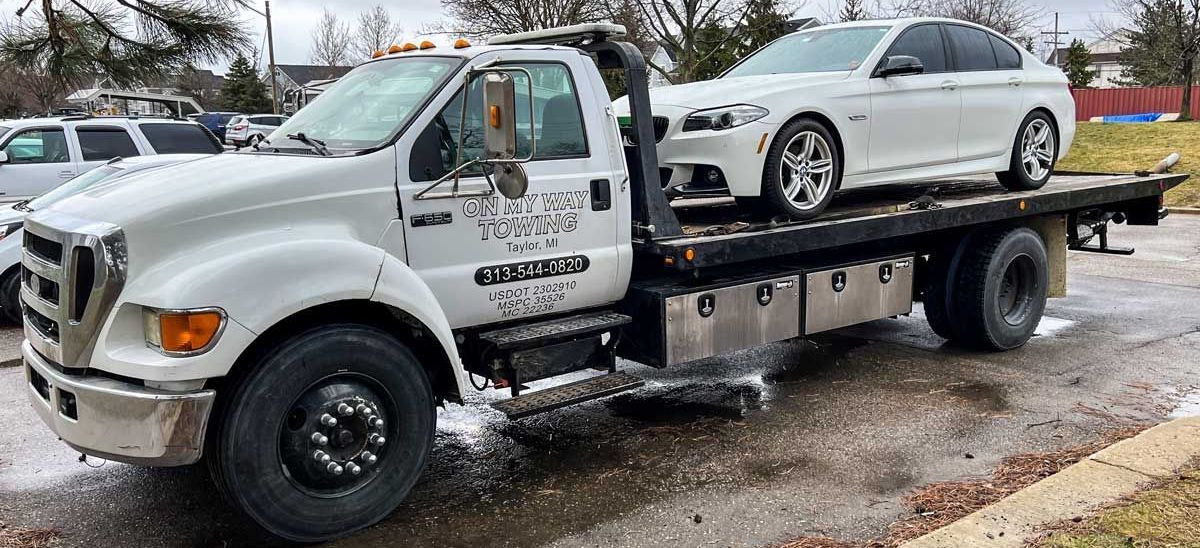
BMW overheating issues should not be taken lightly since ignoring these issues can damage your engine. I wholeheartedly advise you to park the car and get it towed either to your garage (if you are mechanically inclined) or tow it to the shop of your choosing. The water pump is the most common component of the cooling system, and it seems to fail on the N54 and N55 engine-powered BMWs. This repair is not the cheapest one, but these cars' water pumps need to be changed every 60k miles anyway. I hope you find this review helpful. Please shoot me an email with any feedback.

